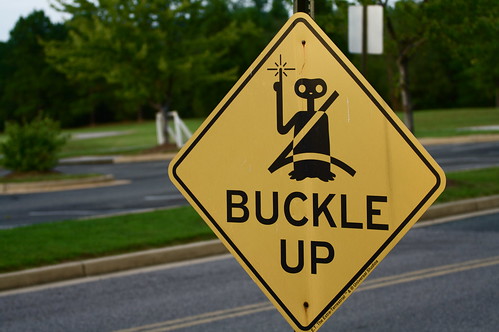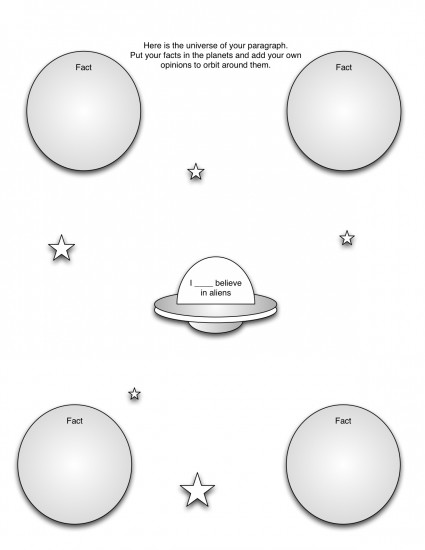
This is another one of those little things I love that the Internet brings me on a silver RSS platter1.
From New Scientist
As part of our special feature marking the 50th anniversary of the search for extraterrestrial life, we round up humanity’s radio messages to the stars.
This is an awesome list of messages we’ve sent into outer space2 and leads to some potentially interesting English uses. Here are a few very rough ideas.
- Your Message – The standard idea would be “What message would you send into outer space? Write one paragraph etc. etc.” That’s OK but it doesn’t really do it for me. You need to add a lot of restrictions and bring to the forefront the things you need to consider when sending messages into outer space.
I’d start by looking at the messages we’ve sent. What do they have in common? What assumptions are made about the recipients3?
Then it’d be really interesting to start restricting the size of the message. How do you pack the most information into your message? The debates over what stays/goes would be really interesting as well as what type (text, images, number, video etc.) of communication is likely to succeed with unknown aliens.
Looking at the Arecibo message would also spark some interesting ideas and discussions.
You could also get into what happens if part of your message is corrupted or lost. How does that impact it?
- Reception – You are an alien. You have received all of these messages in order. What do you think of the race that sent them? This is a nice way to get at point of view. Students could set their own sensory restrictions or you could assign them randomly.
You could also respond to the messages based on various cultural and physiological traits.
- Advertising – Doritos pitched an ad into outer space. Clearly, it flopped. Your job is to do better.
First, analyze what advertisers like to know about humans.
Next, how would those items change if you were advertising to a different race?
What information would you need to have in an interstellar ad?
- Take me to your leader – An alien race who has received one of these messages and has landed on Earth. What are their assumptions? What do they do based on them?
I actually did a unit on aliens and alien abduction in my 6th grade class. They were very reluctant readers and writers who, for the most part, were several grades below level. The alien abduction theme really captured their interests. We looked at crop circles, abductions, Area-51.
After reading a variety of abduction stories, we broke down the essential components and then they wrote their own stories as abductees. This opened up discussions about genera, point of view, descriptive writing etc. It was also a lot of fun.
Here are some random graphic organizers4 I made at the time. I’m putting them out here more as possible ideas. They’re pretty poorly done, although I still like a few of the ideas. It’s always depressing to look back at what you were doing 6 or so years ago. I had less than no skills but I was having a good time.

This one was done on the fly. The student was one who was there for a few days and then disappeared (only to return months later). It was a nice connection for the class to see someone they knew who actually, to us, disappeared.





Awesome! One of my favorite college courses focused on abduction narratives and I’ve struggled with mays to bring that into my (math/cs) middle school courses.
I have several folders of handouts that look similar to yours from 2002-2004 (although with more Papyrus and less Imapct). The ideas are still solid. If I were to mate those fresh tomorrow, I would probably make a wiki/TwitterFall/Gdocs/AnythingPublic space for kids to throw half-phrases that meet the criteria. A huge list of smell/sound/touch verbs, and a match disconnected list of modifiers. Take the overflow from kids who have too many ideas for one page and put it in play for everyone.
That would have been my favorite college course.
Bob the Alien?
Yes. Bob. My students understood. I think we also had a variety of historical people named Bob.
– Bob the nomadic hunter
– Bob the scurvy ridden sailor
– Bob of the Inquisition
I have high hopes that my father, Bob, never comes across this post and comments. He would take great pride in all the Bobs you all studied.
Send me his email. I need to thank him.